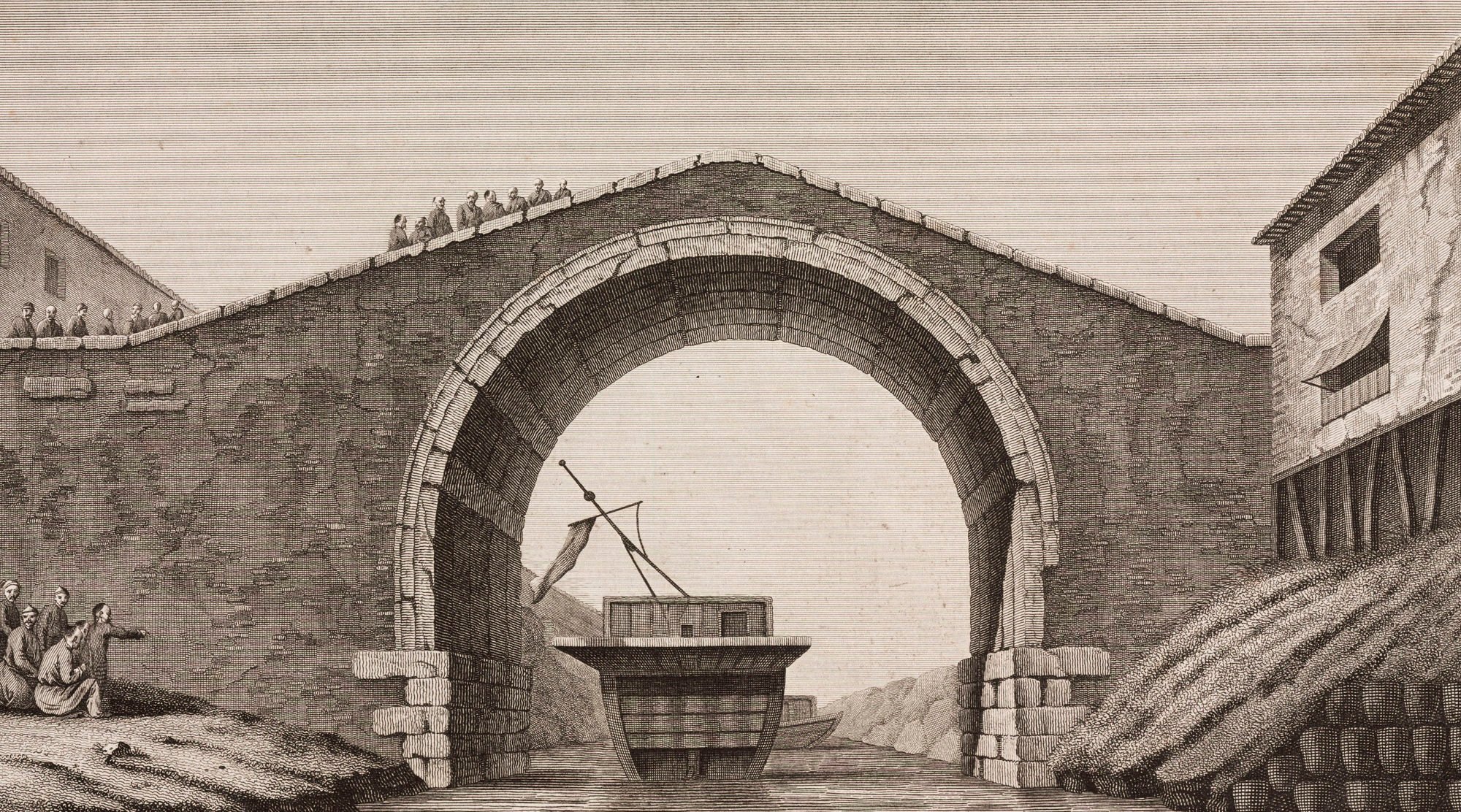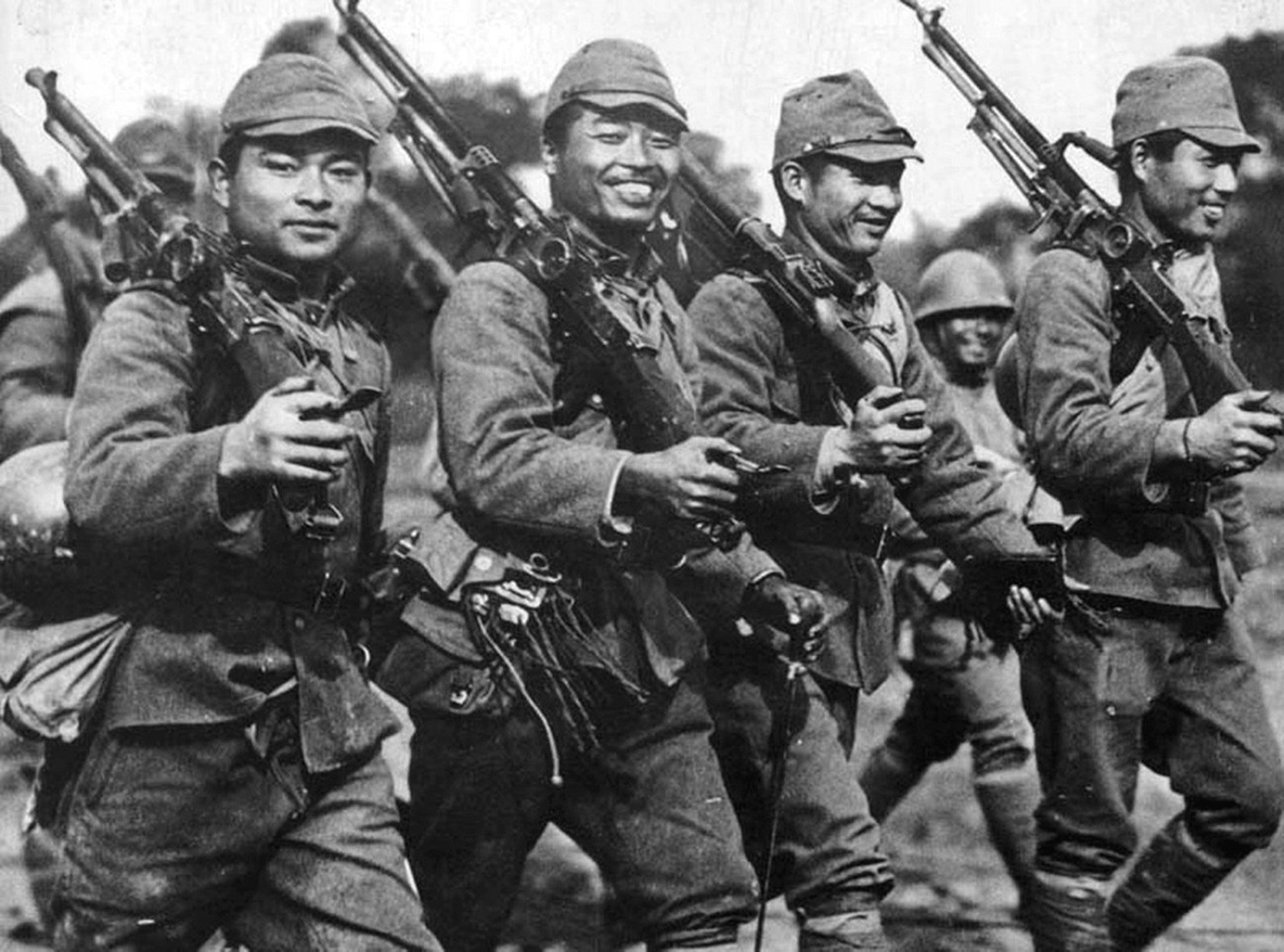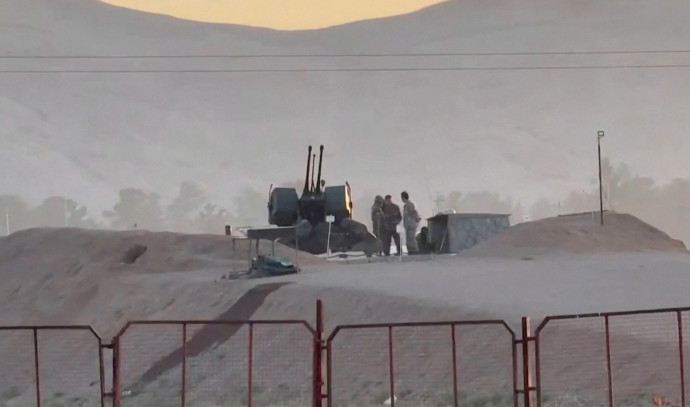Very early on in their history, the Chinese had mastered the technology of building bridges of considerable heft. Using wood, and then stone, they built bridges that spanned waterways and connected trunk roads.
The Chinese call the stone arch bridge, 268 metres (880ft) long and 15 kilometres (9 miles) southwest of Beijing’s city centre, the Lugou Bridge.

Construction of the bridge began in 1189, almost a century before Marco Polo arrived in China. At the time, this part of China was ruled by the Jin dynasty, a state whose rulers were the Jurchen, who were originally a nomadic people whose homeland was in the present-day northeastern provinces.
The bridge took three years to build and, when completed, it made travelling across the Lugou River much faster and easier.
The bridge underwent major refurbishments on a dozen occasions during the Ming and Qing dynasties (1368–1912), the last of them in 1787. For the state funeral of the Guangxu Emperor in 1908, all the balustrades were removed to allow the passage of the imperial cortege, but they were put up again afterwards.
Crippling a bridge didn’t help Ukraine; in ancient China it saved a warlord
Crippling a bridge didn’t help Ukraine; in ancient China it saved a warlord
In the late 19th and early 20th centuries, Japan was a very different country. It was a fascist, militaristic state bent on building an empire across Asia and the Pacific Ocean.
Japan’s thankfully brief imperial ambitions, informed by its own propaganda that the Japanese were a superior race destined to lead all Asians, were marked by the callous exploitation of resources from its colonies, and an almost barbaric cruelty towards the peoples it defeated and subjugated, a historical fact that many within and outside Japan have forgotten or aren’t even aware of.

The Marco Polo Bridge Incident, which involved an allegedly missing Japanese soldier, stoked tensions between Japanese and Chinese troops stationed in the vicinity of the bridge.
The resulting melee marked the start of the Chinese war of resistance against Japanese aggression (also known as the second Sino-Japanese war), which lasted until September 1945, when Japan formally surrendered to the Allies after the United States dropped atomic bombs on Hiroshima and Nagasaki in August.
The Lugou (or Marco Polo) Bridge underwent major restoration in the mid-1980s, after which it was reopened as a heritage site. In 1995, the bridge was designated by the Beijing municipal government as a “base for patriotic education”.
Today, the beautiful bridge, which has spanned the Lugou River in various forms for over eight centuries, is a popular destination for domestic and foreign tourists.







